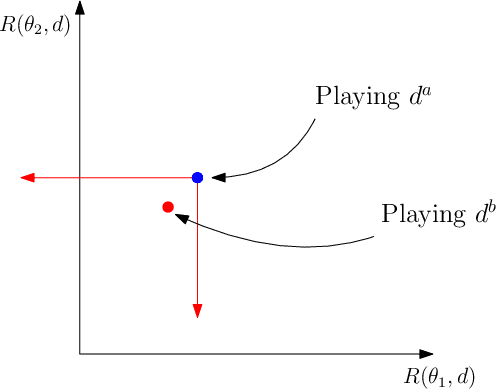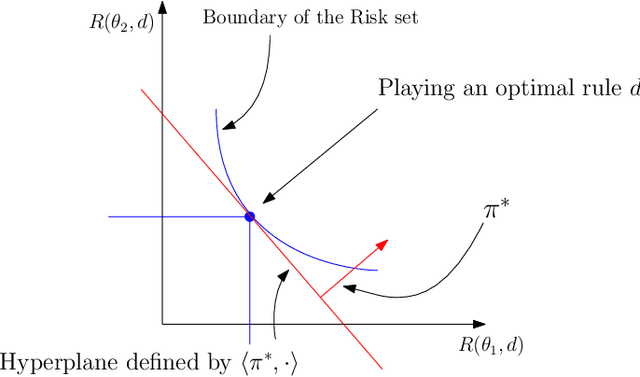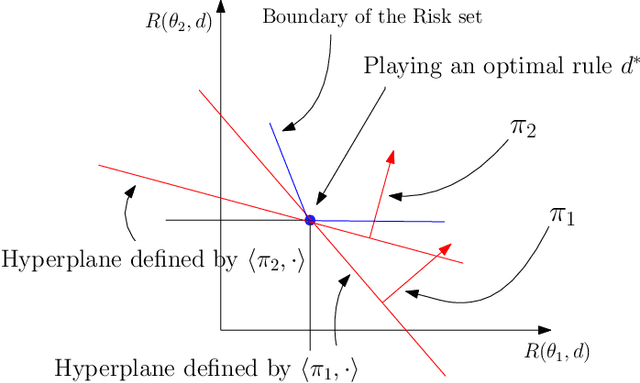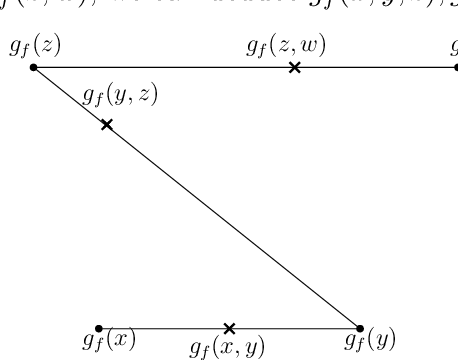Aggregation of Pareto optimal models
Paper and Code
Dec 08, 2021



In statistical decision theory, a model is said to be Pareto optimal (or admissible) if no other model carries less risk for at least one state of nature while presenting no more risk for others. How can you rationally aggregate/combine a finite set of Pareto optimal models while preserving Pareto efficiency? This question is nontrivial because weighted model averaging does not, in general, preserve Pareto efficiency. This paper presents an answer in four logical steps: (1) A rational aggregation rule should preserve Pareto efficiency (2) Due to the complete class theorem, Pareto optimal models must be Bayesian, i.e., they minimize a risk where the true state of nature is averaged with respect to some prior. Therefore each Pareto optimal model can be associated with a prior, and Pareto efficiency can be maintained by aggregating Pareto optimal models through their priors. (3) A prior can be interpreted as a preference ranking over models: prior $\pi$ prefers model A over model B if the average risk of A is lower than the average risk of B. (4) A rational/consistent aggregation rule should preserve this preference ranking: If both priors $\pi$ and $\pi'$ prefer model A over model B, then the prior obtained by aggregating $\pi$ and $\pi'$ must also prefer A over B. Under these four steps, we show that all rational/consistent aggregation rules are as follows: Give each individual Pareto optimal model a weight, introduce a weak order/ranking over the set of Pareto optimal models, aggregate a finite set of models S as the model associated with the prior obtained as the weighted average of the priors of the highest-ranked models in S. This result shows that all rational/consistent aggregation rules must follow a generalization of hierarchical Bayesian modeling. Following our main result, we present applications to Kernel smoothing, time-depreciating models, and voting mechanisms.
 Add to Chrome
Add to Chrome Add to Firefox
Add to Firefox Add to Edge
Add to Edge